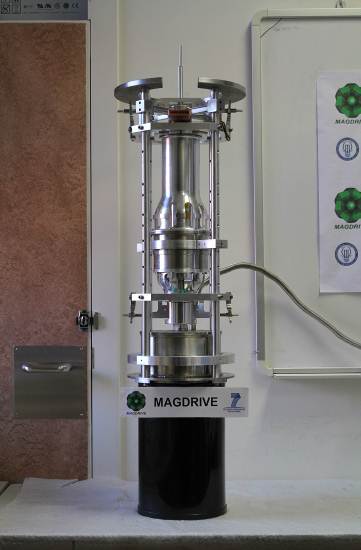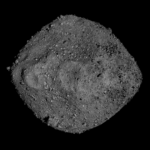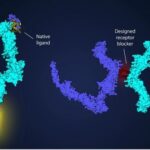January 26, 2015 – Conventional gears require lubricants and wear out over time. What if we could devise mechanisms where the parts don’t touch so that they never wear out?
Well it appears that research being done in Europe on a Magnetic-Superconductor Cryogenic Non-Contact Harmonic Drive, known as the MAGDRIVE, is producing what may prove to be a major advance in machine technology using magnets rather than conventional gears in transmissions. This isn’t an ITER project costing billions and seemingly having no end date in sight. Total cost has been 2.5 million Euros to date.
Industries in a wide range of fields should take note.
The disruptive advantages of this technology include:
- No wear on machine parts.
- No lubricants.
- Operational capability even in the event of a partial failure.
- Operational in extreme environments.
- Little noise and vibration.
How does it work? The secret is integrated superconductor bearings that create stable repulsive forces to keep the gears apart and prevent oscillation, vibration and imbalances. The gears and axles literally float. They never touch. As a result they can spin at very high rates (plus 3,000 rotations per minute). And they can do their work in temperatures as low as -210 Celsius (-346 Fahrenheit) degrees.
Immediate applications include extreme environments such as outer space, but also room temperature applications as well including industries requiring clean room assembly. For NASA and the European Space Agency the technology appears ideal for the onboard machinery necessary to operate future Martian rovers.
For agriculture, land and air transport, energy production (think wind turbines), mining, oil exploration, pharmaceutical, medicine, food preparation, assembly lines, robotics, you name it, this is disruptive technology that can permanently alter the way we humans produce things.
For the latest research results read the journal article entitled, Design and analysis of a non-hysteretic passive magnetic linear bearing for cryogenic environments, published by the Institute of Mechanical Engineers, and written by a team at the Universidad Carlos III de Madrid (UC3M).
One of the inventors, Diez Jimenez, from UC3M states, “the technology is ready to be used in any industrial sector where it is needed.” Just another example of how quickly technological innovation is altering the way we do things in the 21st century.










